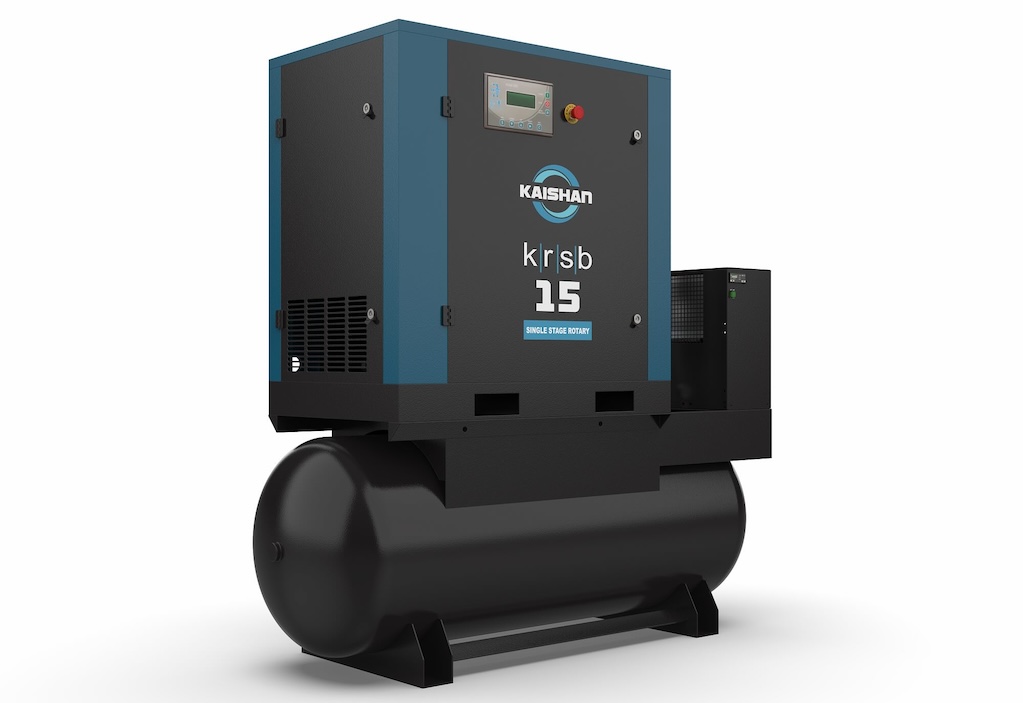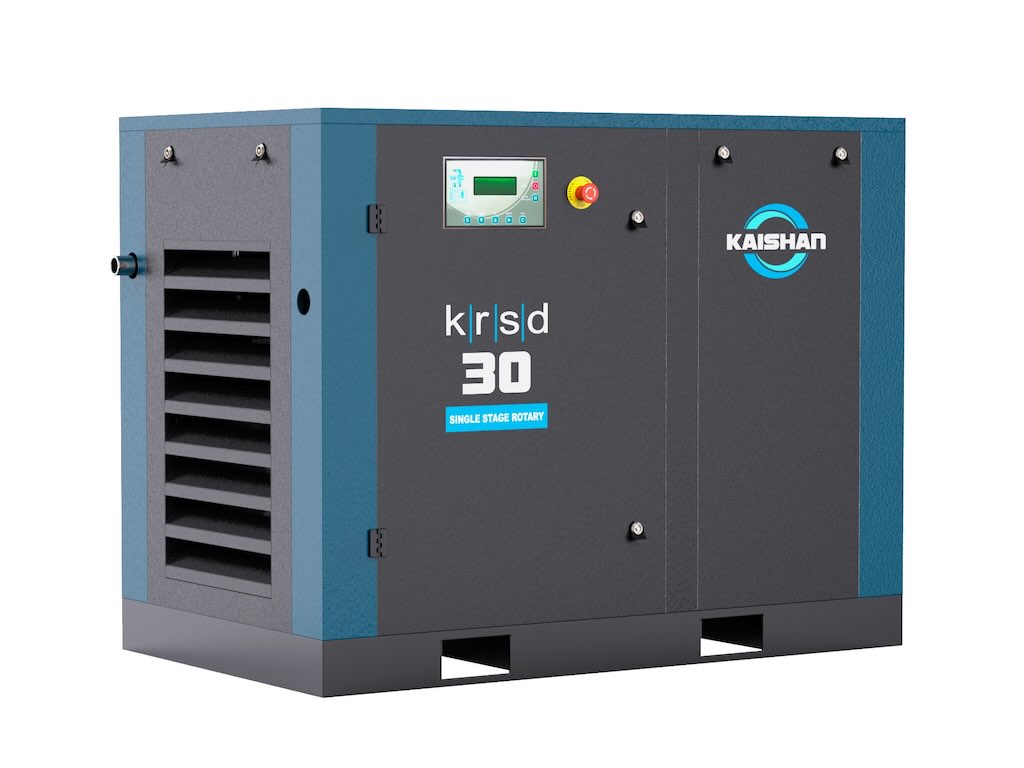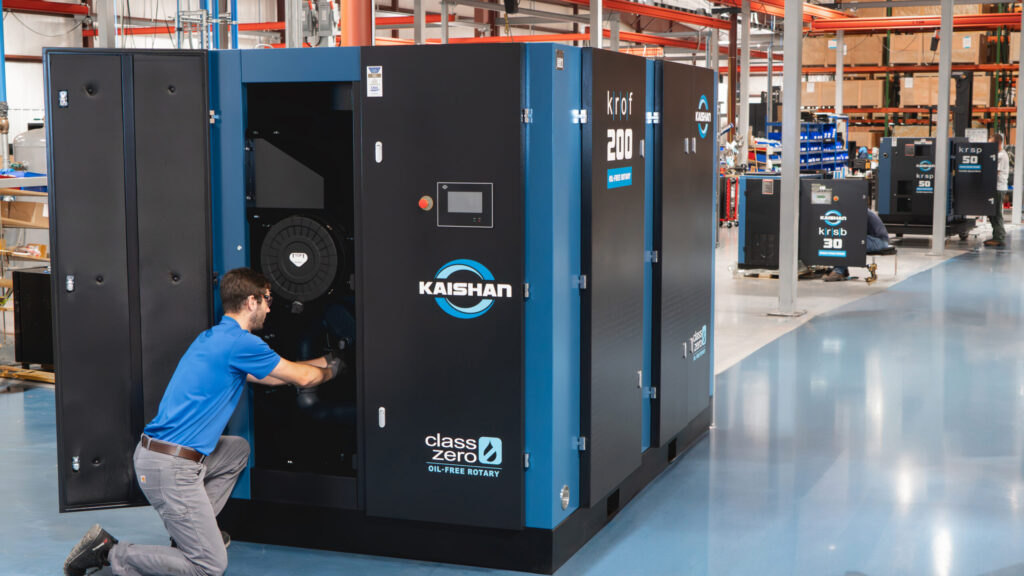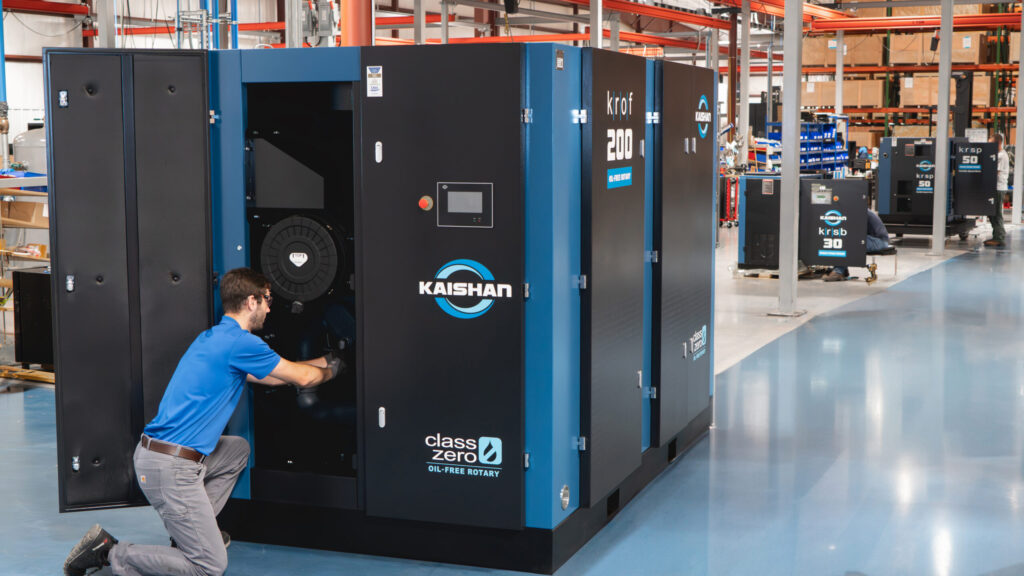Compressed air leaks are expensive in a facility, and too often overlooked, which can have a detrimental effect on overall costs.

Compressed air is not free. In fact, when comparing the percentage of power input to value delivered, a poorly-operated compressed air system can cost more than water, electricity, steam or even natural gas. Air leaks also can slow a plant’s operation by using more power than necessary to supply compressed air. If this goes unchecked for too long, these air leaks can lead to unnecessary production shutdowns.
Compressed air leaks are not only a direct source of wasted energy, they also can contribute to system pressure drops, making pneumatic equipment function less efficiently and shortening its life cycle. Air leaks cause equipment to cycle more frequently, thereby increasing the running time of the air compressors, which leads to additional maintenance requirements and possible increased unscheduled downtime.
Simply put, air leaks contribute to unnecessary compressor capacity. Leaks, coupled with the usual problem of higher than required system operating pressures, lead to what is called "artificial demand." All of this adversely affects production efficiency and shortens the life of almost all system equipment and pneumatic tools as well. The combination of excess energy use and reduced equipment longevity are a double blow to plant owners’ bottom lines.
For example, a small manufacturing company was considering buying a second air compressor larger than what they presently had. Before making the purchase, they contracted a compressed air audit, and it was a good thing they did. The findings showed more than $75,000 of the $100,000 the company had been spending annually on compressed air was being wasted due to compressed air leaks, uncontrolled demand and poor applications.
Installing a larger air compressor would only have compounded the problem by increasing energy consumption. What the company really needed was a program to educate its maintenance staff about testing procedures and technologies that would eliminate energy waste and allow the plant to run more efficiently.
Searching for leaks
There’s a perception that air leaks are most often found in the overhead distribution (the air system network piping), and of course, some are. However the real problems are usually found at ground level in air hoses, hose connections and fittings, quick couplers, filters, regulators and line lubricators. There are a few other often-overlooked causes of leaks to keep in mind:
- Air cylinders often leak around the rod seals or piston packing.
- Piston-packing leaks are apparent at the cylinder control valve exhaust port.
- Pipe fittings may be loose because equipment has been installed improperly or because sealant was applied incorrectly during installation.
- Poor quality materials may save money initially, but don’t forget that cheap can cost you.
- The location of the piping can cause future leaks.
- If lift trucks, pallet jacks or other material-handling equipment bump a pipe connection occasionally, the fittings may crack.
- Sometimes leaks are the result of human error; workers may leave leaking tools on or neglect to close valves and stop the supply of air when there is no need for a particular application or when production has stopped for the day.
The above small leaks in less considered places are really the biggest contributors, because there are usually so many of them within the facilities production areas.
Leaks, pressure and artificial demand
In the above, we mentioned that air leak loss and higher than normally required system air pressure lead to artificial demand. Now let’s look at some formulas that will help us understand this concept a little better.
Values for pressures above 15 psig can be calculated by the following approximate formula by S.A. Moss.
M = leak rate in lbs per second
A = area of leak in square inches
C = coefficient of flow
P1 = upstream total pressure in psia
T1 = upstream temperature in degrees Rankin (70 + 460 = 530)
Mass flows (M) are converted to volume flows (cu ft/min) by using a density factor of 14.7 psia, 70°F, 0%RH which is 0.07494 lbs/cu ft. Here is an example using a 1/8-inch air leak:
A = πd2/4 = 3.14 x (0.125)2 / 4 = .0123 in2
C = coefficient of flow = 1
P1 = 100 psig = 114.7 psia
T1 = (70 + 460 = 530) square root of 530 = 23.0217
M = .0326 lb/sec
Air at 70°F and 14.7 psia weighs .07494 lb/cu ft
(.0326 lb/sec x 60 sec/min)/.07494 lb/cu ft = 26.1 cu ft/min
To put some of these formulas in simpler terms, here’s a chart that shows the cfm compressed air loss based on a specific orifice diameter as well as the increase in air leak loss as the system pressure rises.
We use an energy rule-of-thumb in the industry when referencing compressor drive motor horsepower (kW) values and how increasing (or decreasing) the system pressure can increase the kW use by the following: for every 2 psig increase in pressure, you need 1% more energy to achieve that increased system pressure (or the reverse, of course, when decreasing the pressure). So a 2:1 ratio is our initial point.
With air leaks and increased pressure, it is almost a 1:1 ratio. The chart shows that a pressure increase from 100 psig to 125 psig leads to an additional 22 cfm in compressed air loss. This illustrates that if you can lower the system pressure, you can lower the compressed air leaks and drive motor energy use at the same time.
Sizing the system
After you fix lots of leaks and lower the system pressure, you may end up with air compressors too large for your system. If that is the case, the compressors could be cycling more frequently or partially loaded more often and running very inefficiently when looking at specific power (kw/100 cfm). For example, some compressor equipment running at 70% of capacity can still be using approximately 90% of power.
In a multiple compressor installation, you may want to consider turning off one of the units, while in a single compressor system you may want to consider purchasing a smaller compressor. In many installations a variable speed drive (VSD) compressor will fit the application perfectly, as it can adjust to meet demand without wasting energy through partial load inefficiency.
Let’s review: less leaks, less pressure, and pneumatic equipment runs better and lasts longer. On top of that, installing a VSD can save up to 35% in additional drive motor energy. Any company committed to reducing energy costs should conduct an in-plant air-leak survey. Including the benefits of reduced operating expenses, energy demand and energy consumption mentioned above, many facilities could realize additional profits to their bottom line from utility companies who offer significant cash rebates to manufacturers who implement energy conservation programs.
Next time you notice an air leak, don’t ignore it. It may be only air, but that air equals money. Instead, take action. Have your air system checked by contracting a compressed air audit, determine if you’re suffering from artificial demand and implement an energy savings plan. Keeping compressed air in your system will ultimately keep money in your wallet.
Bob Baker is training manager for the Atlas Copco Industrial Air Division in the U.S.



